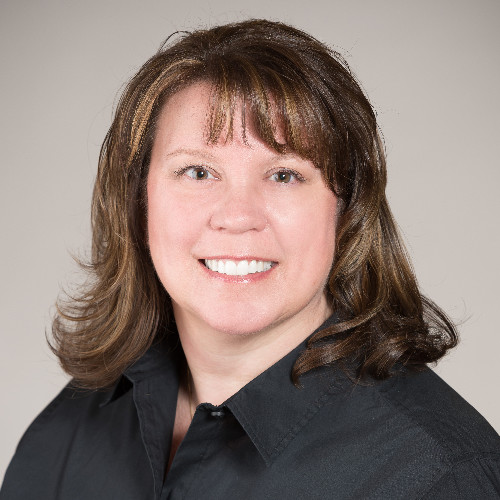QAD was established in 1979 in Santa Barbara, CA to solve a manufacturing issue. They have since expanded worldwide as an enterprise resource planning (ERP) software provider for customers in 100+ countries.
The main driver of QAD’s success is their world-class technology stack, which 6sense has been a part of since 2018.
Nancy Naretto, QAD’s marketing ops director, shares how QAD’s usage of 6sense has evolved into a robust, multi-model solution helping sellers increase deal velocity and average deal size.
The Challenge: Buy-in and Adoption from Key Stakeholders
“When I first started with QAD, I was impressed by the tools they invest in to make our jobs easier. There’s a very strong drive toward automation and best-in-class technologies that integrate together,” Nancy says.
Nancy joined QAD right as they were implementing 6sense. The company faced go-to-market challenges, a lack of automation, and a need for data-driven insights to guide prioritization.
6sense offered the features they needed to overcome these challenges to streamline automation and prevent siloes. However, initial implementation was met with skepticism from sales.
“QAD struggled with adoption of 6sense at first. Once we had buy-in from sales leaders, adoption rates changed significantly,” Nancy explains, “The lesson here is getting leaders on board makes a huge difference in maximizing tool adoption.”
Now, QAD sellers utilize multiple 6sense predictive models to prioritize accounts and close deals faster.
Leveraging Multiple Predictive Models
A 6sense predictive model involves three key pieces: intent data, historical data, and ideal customer profiles.
6sense’s industry-leading intent data — the actions buyers take that reveal their interest in a product or service — is layered on top of historical data, which is then filtered through an organization’s ideal customer profile. This results in a target list of accounts that show intent to buy and are a good fit for your product.
QAD now uses four additional predictive models. This allows for stronger prioritization across different products.
Nancy’s team took it a step further by building custom dashboards within Salesforce where sellers can see each predictive model in one place.
“We built a custom, dynamic, territory-driven dashboard where sellers can see multiple products at a time. This makes it easier for them to consume account information without having to toggle between dashboards. It’s all in one place.”
Nancy Naretto
Marketing Ops Director QAD
QAD sellers use 6sense as a starting point to examine activity, such as campaign engagement and keyword research, indicating why an account might be a 6sense Qualified Account (6QA), which has saved a huge amount of time and delivered impressive results.
“6sense is crucial in helping business development executives (BDEs) prioritize leads. If a BDE has 100 leads to call in a day, 6sense tells them exactly where to start based on who is showing the most intent,” Nancy says.
Each BDE has access to Outreach, which is integrated with 6sense, allowing sellers to use account and contact data to send targeted messages to prospects. Nancy says Outreach’s integration with 6sense has been pivotal in reaching contacts with limited information.
Finally, having all predictive models in one dashboard has been a gamechanger for QAD’s cross-selling plays.
“6sense models will show us when an existing customer is showing intent for another one of our products.”
The Results
Since implementing 6sense in 2018, QAD has built out multiple predictive models to help sellers streamline their processes and focus on account prioritization.
In just one quarter, QAD’s ERP predictive model resulted in:
- 536% increase in win rates
- 400% more wins
- 338% increase in revenue
“The proof is in the numbers. The ability to get to deals faster with 6sense has been the greatest impact. It’s a competitive marketplace and 6sense gives us the intent we need to act quickly,” Nancy says.



